This journal entry continues the story of a lemming’s view of the world from yesterday. I apologize if you read the "first edition” of yesterday’s journal. Writing and sleeping do not go well together. Today’s piece is a little earlier in the day so should be a little more clear.
The Lemming’s View of the World – Part II The lemming is busy doing lemming chores and tasks. The beauty of looking at the world from a different perspective, in this case, the lemming perspective, is that routine things look different. We need to look more closely to see the details, the small pieces, that could go unnoticed. Today’s journal is a quick attempt to use a digital camera to change my perspective, to get a "lemming-eye-view” of the tundra.
The Beauty of Flowers and Color on the Tundra My view of the tundra is distorted, I see it from almost 6 feet away. I used the digital camera to go from a top down perspective to "seeing” things from the ground level. Today’s piece shows the beauty of tundra plants as well as some one of the potential challenges faced by a lemming. Obviously, there is quite a bit of anthropomorphism going on here. Enjoy the perspective.
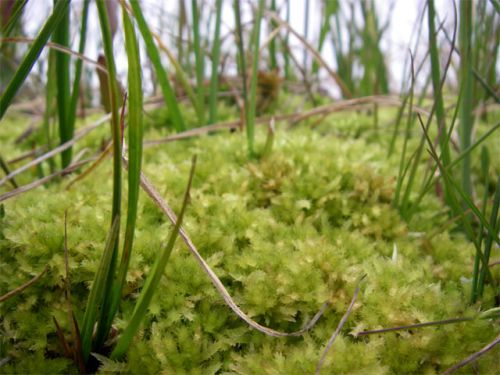 Moss tufts have a remarkable ability to hold water, which is why peat moss is good for around the house. The other plants around the moss probably benefit from the water holding capacity too. I'll have to develop a moss experiment for this school year.
Moss tufts have a remarkable ability to hold water, which is why peat moss is good for around the house. The other plants around the moss probably benefit from the water holding capacity too. I'll have to develop a moss experiment for this school year.
 Lichens give a different color to the tundra. These unique plants, actually a combination of algae and fungi, have captured my interest. I'm going to try and learn about them.
Lichens give a different color to the tundra. These unique plants, actually a combination of algae and fungi, have captured my interest. I'm going to try and learn about them.
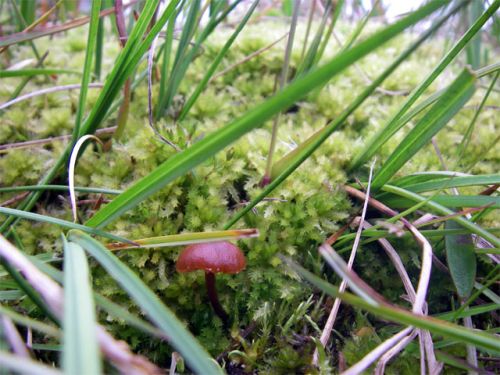 The deep colors of the moss and the fungus really stand out. As mentioned before, I think I would have missed this if I had not taken the lemming's view.
The deep colors of the moss and the fungus really stand out. As mentioned before, I think I would have missed this if I had not taken the lemming's view.
 The tufted saxifrage flower has deep red highlights on the ends of the flowering parts. (I think) This is another fine example of how much I still need to learn about this place and the lifeforms that are here.
The tufted saxifrage flower has deep red highlights on the ends of the flowering parts. (I think) This is another fine example of how much I still need to learn about this place and the lifeforms that are here.
 Broadleaf plants up here "invest" considerable energy in making a big leaf, they try to capture as much sunlight to photosynthesize as possible.
Broadleaf plants up here "invest" considerable energy in making a big leaf, they try to capture as much sunlight to photosynthesize as possible.
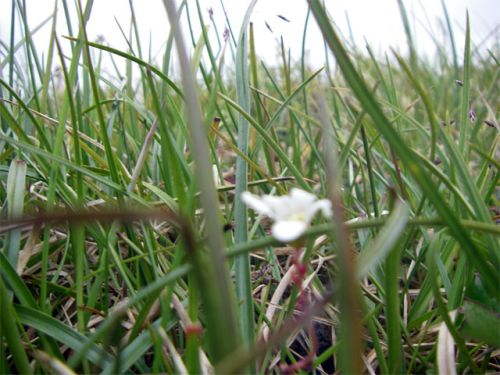 There is a group of scientists out here who study the biocomplexity of the tundra. In other words, the number and variety of different organisms (often plants) living on the tundra. This clump shows a bit of biocomplexity, a well manicured lawn on the other hand would not have much biocomplexity.
There is a group of scientists out here who study the biocomplexity of the tundra. In other words, the number and variety of different organisms (often plants) living on the tundra. This clump shows a bit of biocomplexity, a well manicured lawn on the other hand would not have much biocomplexity.
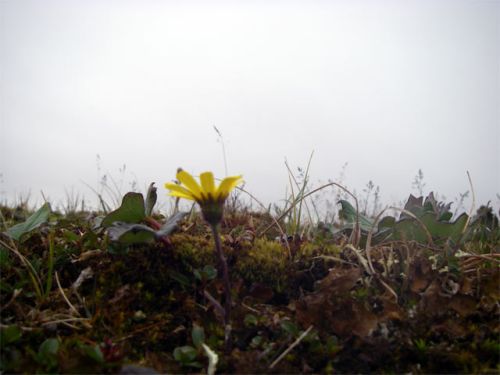 The yellow dandelion flower is trying for pollination and once seeds are developed, it will be up in the wind to distribute its seeds far and wide.
The yellow dandelion flower is trying for pollination and once seeds are developed, it will be up in the wind to distribute its seeds far and wide.
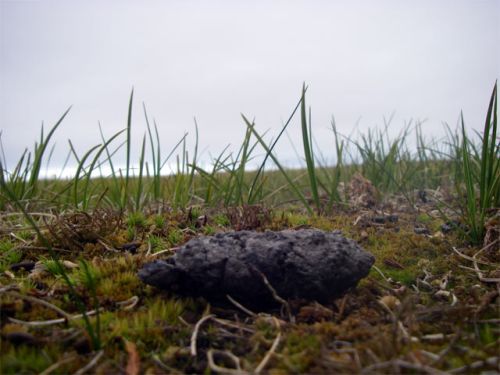 Lemmings are a critical part of the food chain around here. They are herbivores, eating the tender grasses and sedges. They are then in turn eaten by owls, foxes, and jeagers. Populations of lemmings do fluctuate based on food and predators BUT they do not go rushing head long off cliffs and into the ocean. That is a fine myth, and nothing more.
Lemmings are a critical part of the food chain around here. They are herbivores, eating the tender grasses and sedges. They are then in turn eaten by owls, foxes, and jeagers. Populations of lemmings do fluctuate based on food and predators BUT they do not go rushing head long off cliffs and into the ocean. That is a fine myth, and nothing more.
These images remind me of the recent movies, Bug’s Life, and Antz. Both provide a somewhat realistic view of life, from a different perspective. Maybe I’ll try to do the same for the lemmings.

